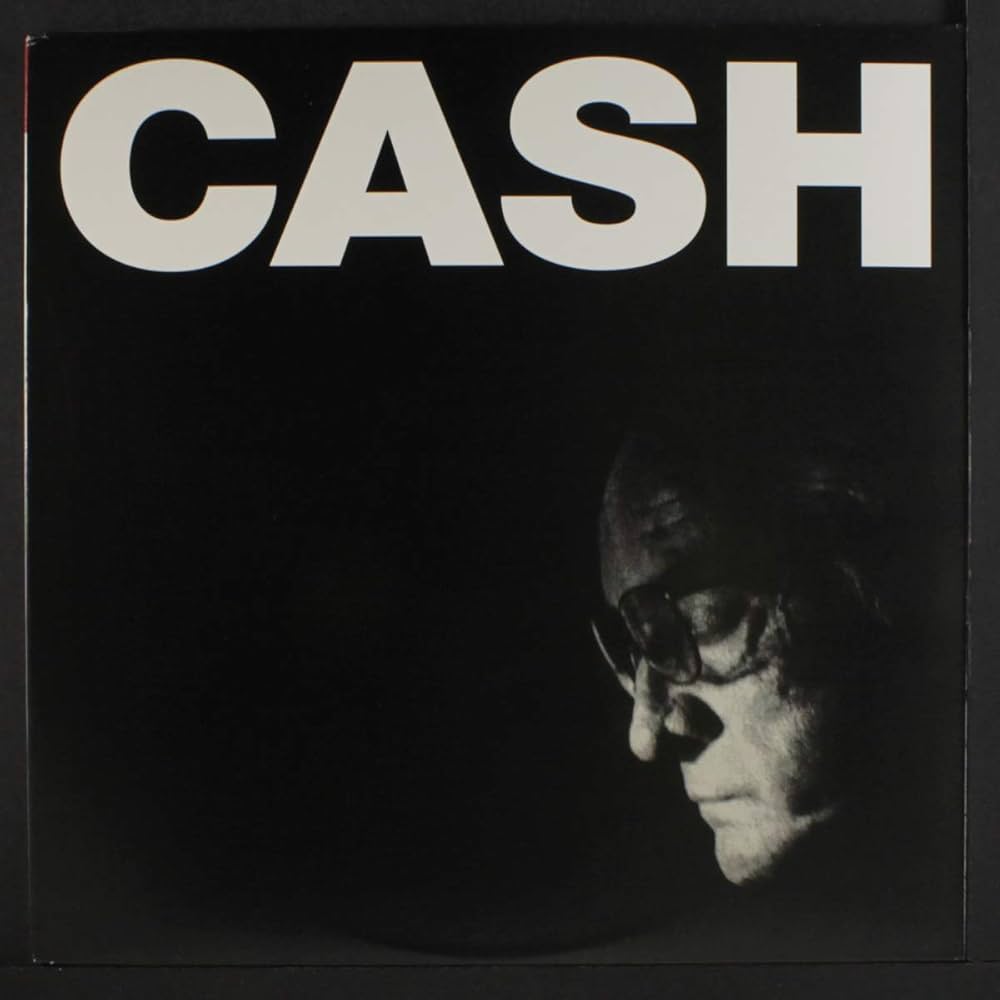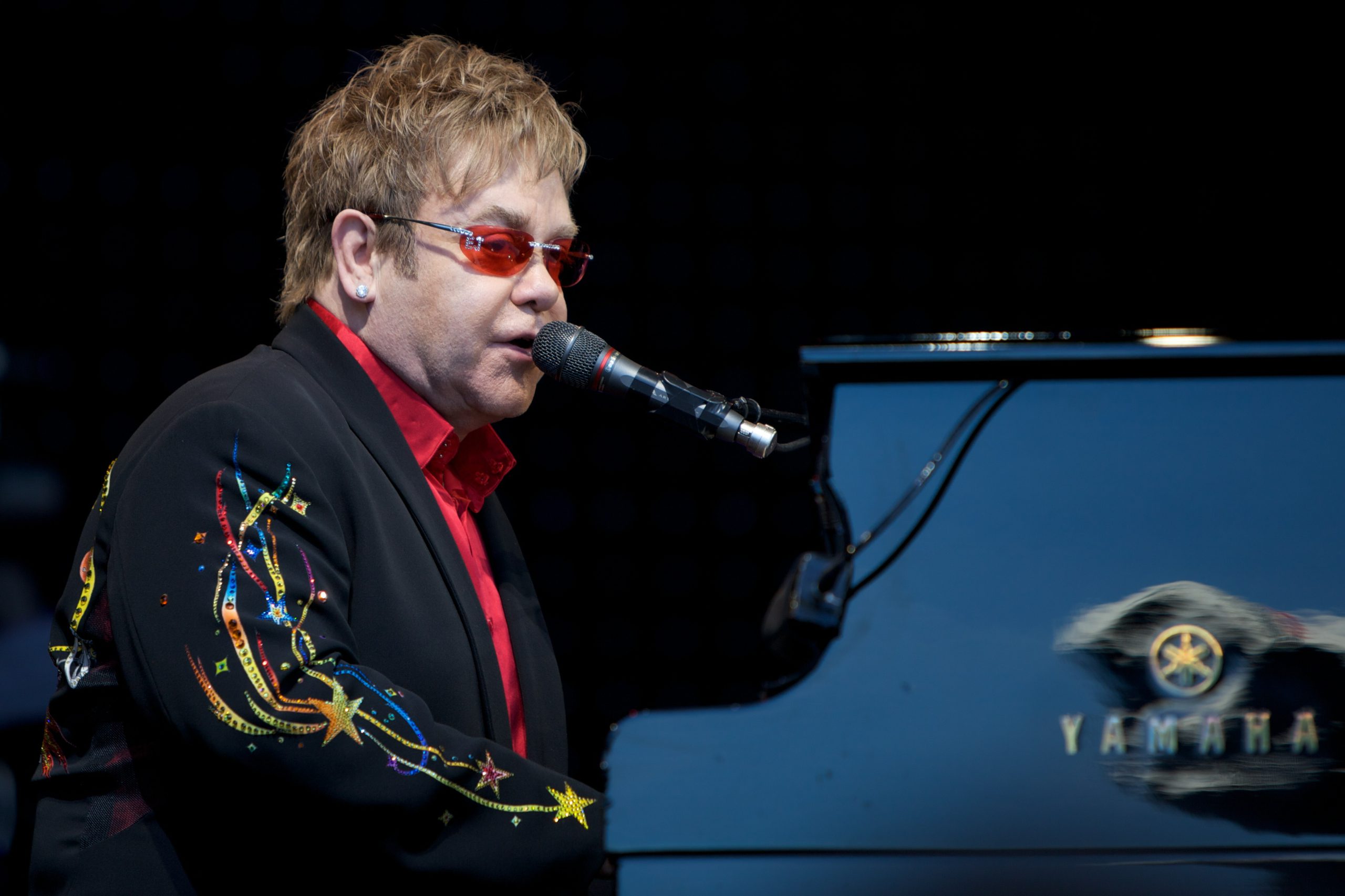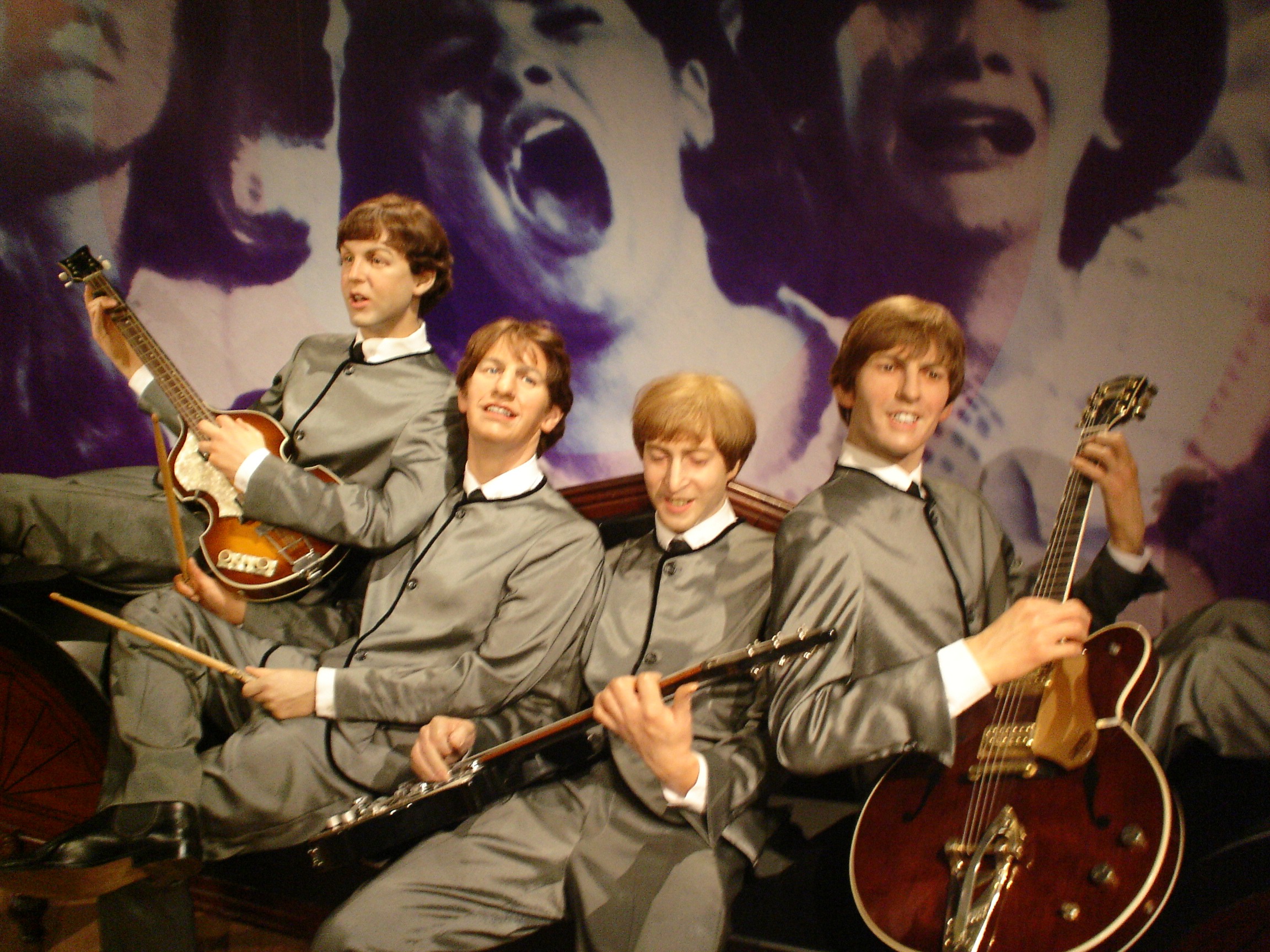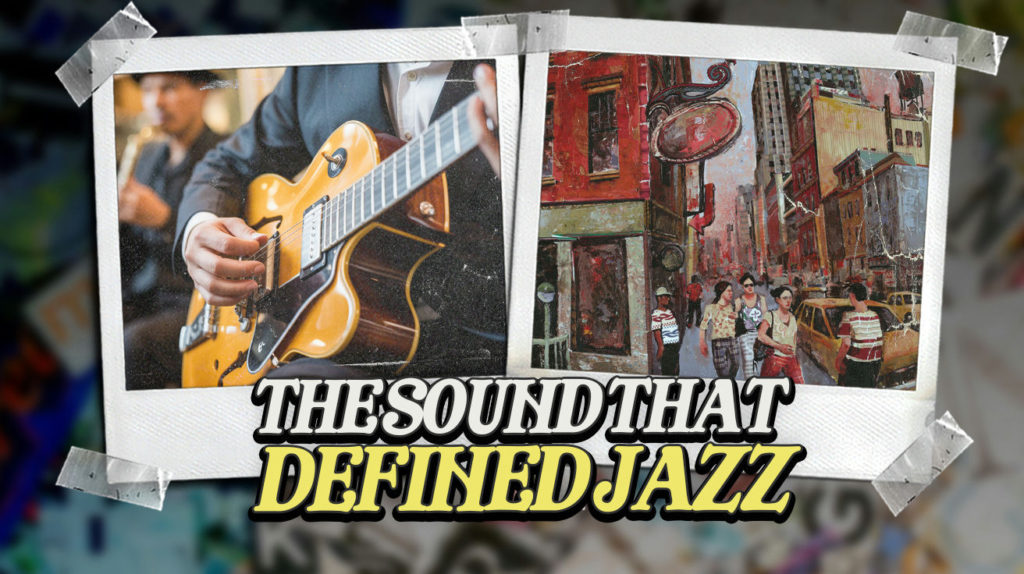
Most jazz guitar “essential” lists read like homework assignments written by people who’ve never touched a fretboard. These five albums didn’t just document technical wizardry—they blew up everything guitarists thought they knew about six strings. While everyone else was copying Charlie Christian licks, these artists were busy inventing new languages. Skip the Kenny Burrell worship for five minutes and discover what happens when innovation meets caffeine-fueled obsession.
5. Wes Montgomery – Smokin’ at the Half Note
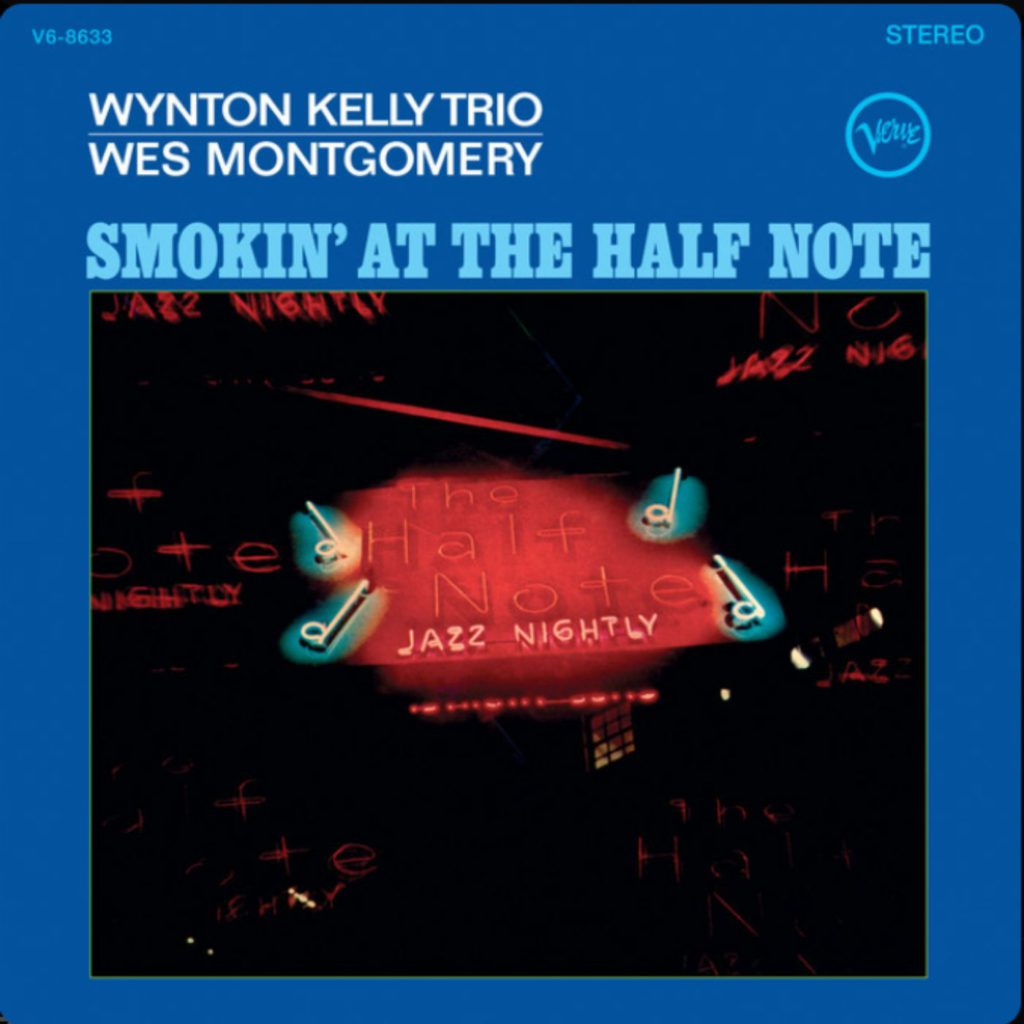
Wes Montgomery‘s live masterpiece hits different than his studio work—like discovering your favorite coffee shop makes espresso after years of ordering drip. “No Blues” transforms medium-tempo swing into something transcendent through his octave technique. Not the polite octaves you learned in guitar class, but architectural precision that builds cathedrals in real-time.
The rhythm section doesn’t just support Montgomery—they’re having actual conversations while half the jazz world was still playing elevator music. Pat Metheny called this “the record that taught me how to play,” which should tell you everything about its impact. This remains the gold standard for jazz guitar where spontaneity meets mastery.
4. Pat Metheny – Day Trip
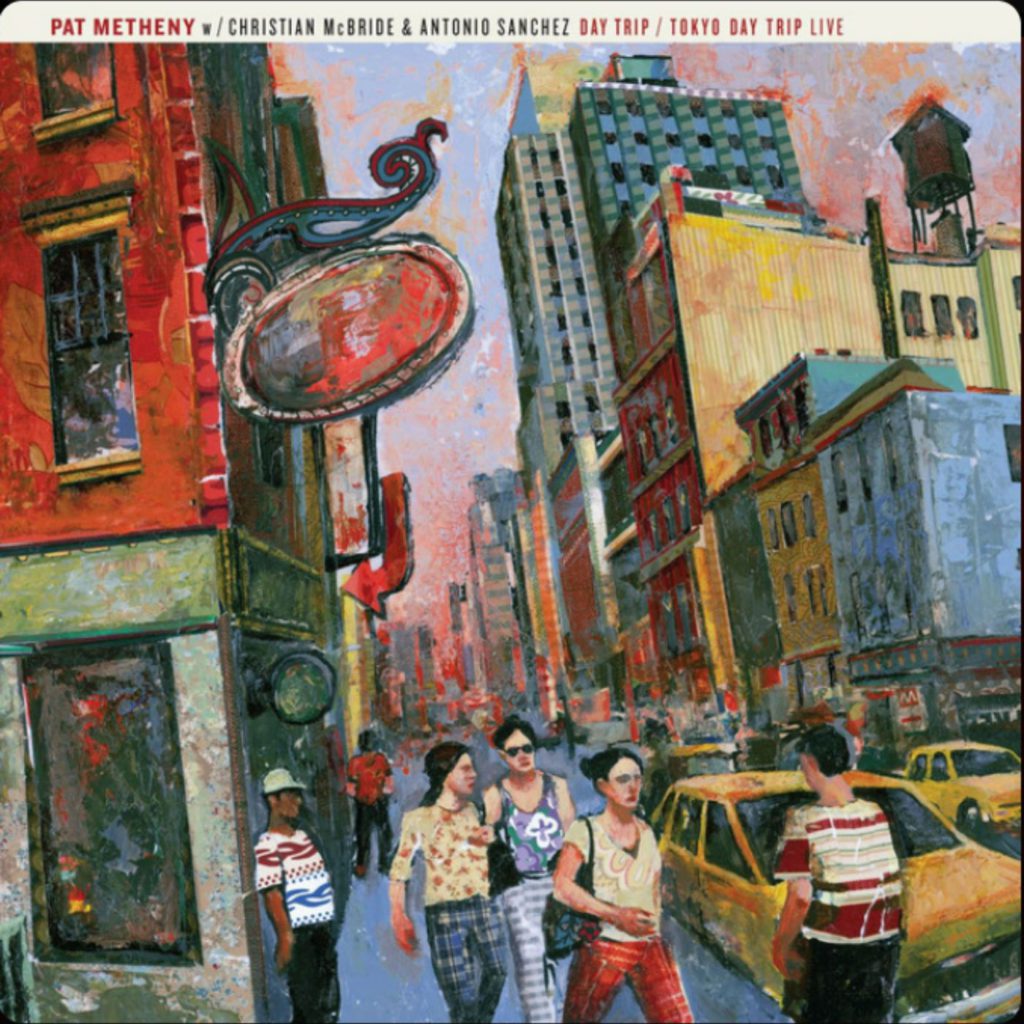
Metheny strips away the production layers that made his Group albums sound like spaceship soundtracks. “Day Trip” feels like a musical road trip through America’s sonic landscape with Christian McBride and Antonio Sanchez as perfect traveling companions. The trio format reveals the skeletal brilliance of his compositional thinking.
“When We Were Free” unfolds like a story with multiple chapters, beginning with deceptive simplicity before blooming into rhythmic complexity that never loses its melodic center. “Dreaming Trees” provides textural contrast that makes the electric passages hit harder. This is Metheny at his most direct, proving that sometimes removing options results in greater clarity.
3. Ed Bickert & Don Thompson – At the Garden Party
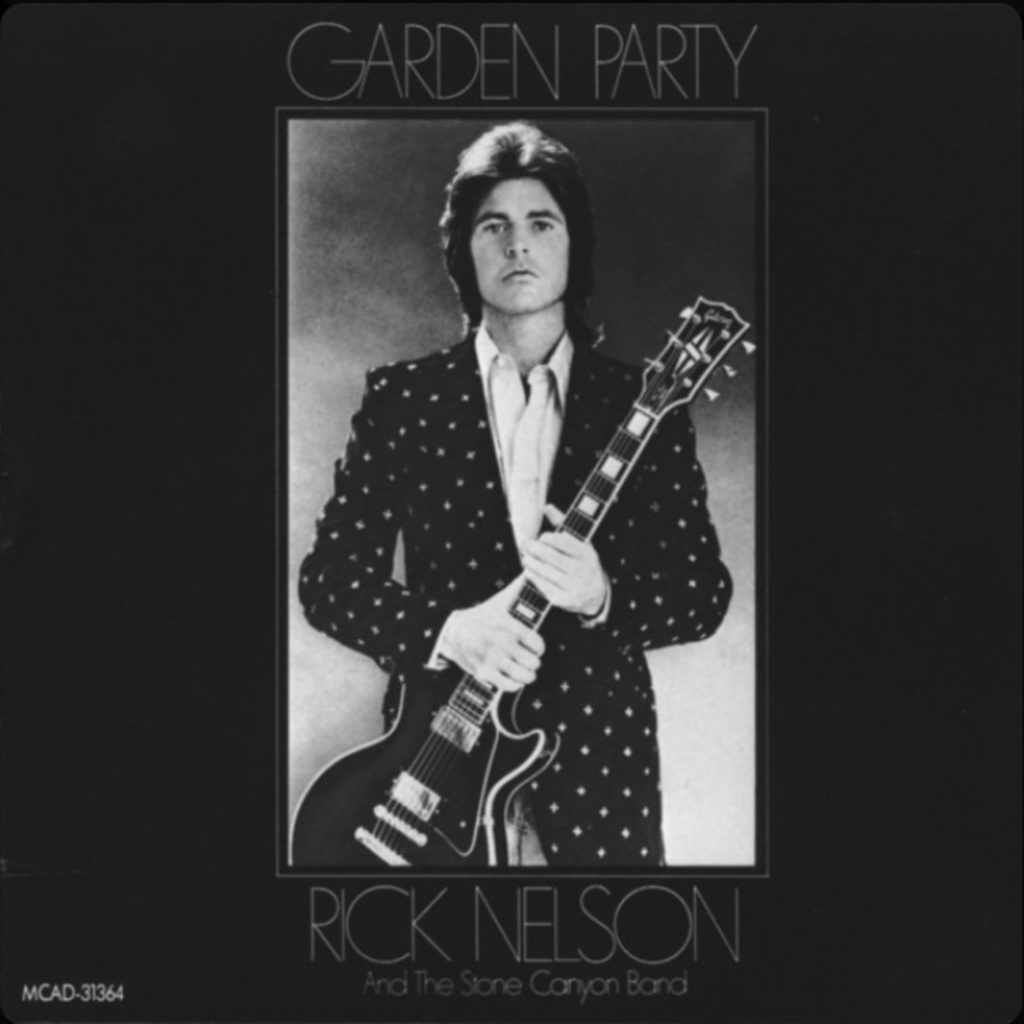
This duo recording feels like eavesdropping on a private conversation between masters who’ve developed their own musical shorthand. Without drums to anchor the time, Ed Bickert and Don Thompson create a floating rhythmic framework that breathes with rare organic quality.
Bickert’s chord voicings contain entire orchestras within them—complex harmonies that never sound cluttered. His comping behind Thompson’s bass melodies demonstrates how accompaniment can be as creative as soloing. This album exemplifies how space and silence function as instruments themselves. While everyone else was obsessing over speed, these two were mastering restraint.
2. John Scofield – En Route
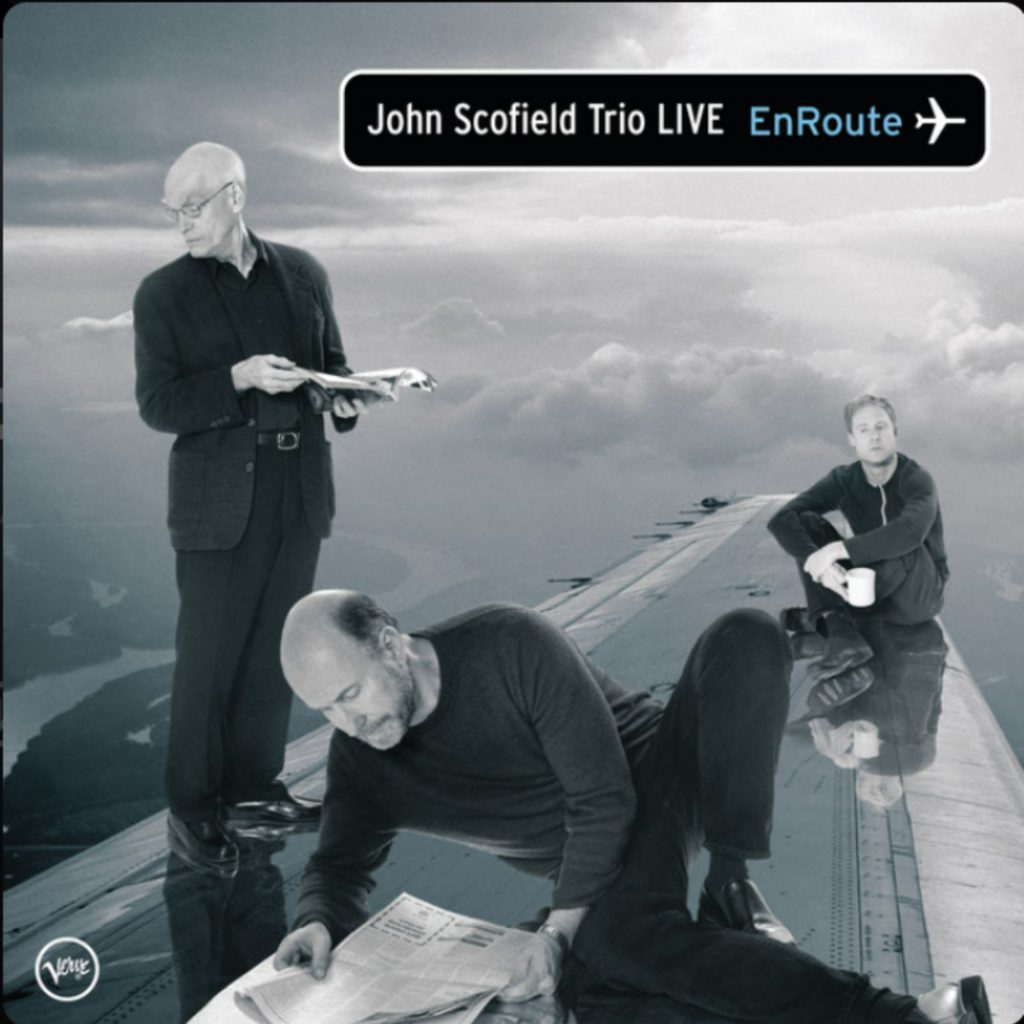
John Scofield approaches jazz guitar like a hacker approaching code—finding vulnerabilities in traditional forms and exploiting them to create something entirely new. With Steve Swallow and Bill Stewart providing the perfect rhythmic sandbox, he tears apart conventions and reassembles them in real-time.
The opening “We” takes rhythm changes—jazz’s equivalent of primary colors—and transforms them into something unrecognizable yet familiar. Scofield’s tone sits in that perfect tension between clean and dirty, his phrasing constantly subverting expectations with bent notes that land just outside where your ear expects them. This represents jazz guitar’s rebellious streak—honoring tradition by challenging it rather than merely repeating it.
1. Pat Metheny Group – Letter from Home
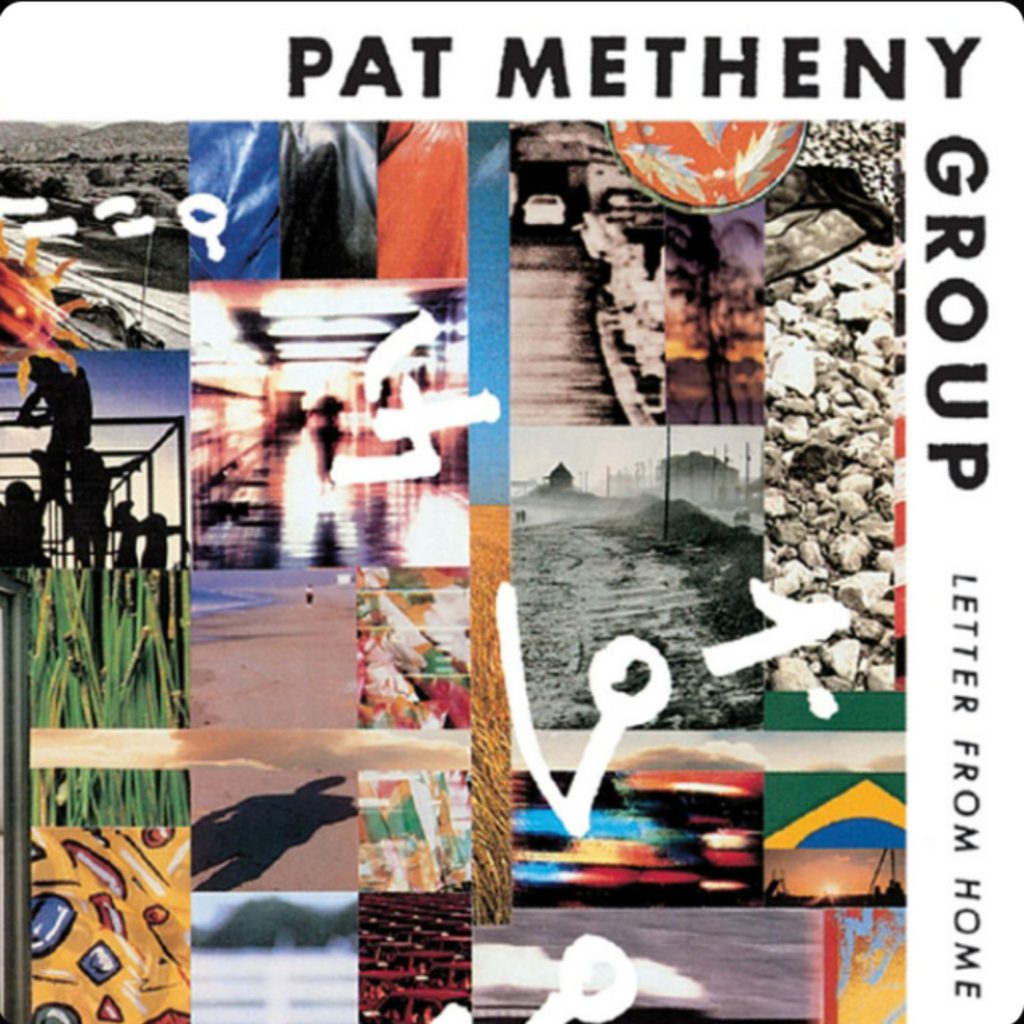
“Letter from Home” operates like musical Russian nesting dolls—seemingly simple on first listen, but revealing layer after layer of complexity with each return. Metheny’s compositional sophistication hides in plain sight beneath accessible melodies that lodge in your memory.
“Have You Heard” presents as straightforward until you notice the meticulously constructed transitions, harmonic detours, and rhythmic sleight-of-hand happening beneath the surface. The Group navigates these waters with such fluidity that even odd-meter passages feel as natural as breathing. Metheny proves that accessibility and complexity aren’t opposing forces but complementary elements of truly great music.







